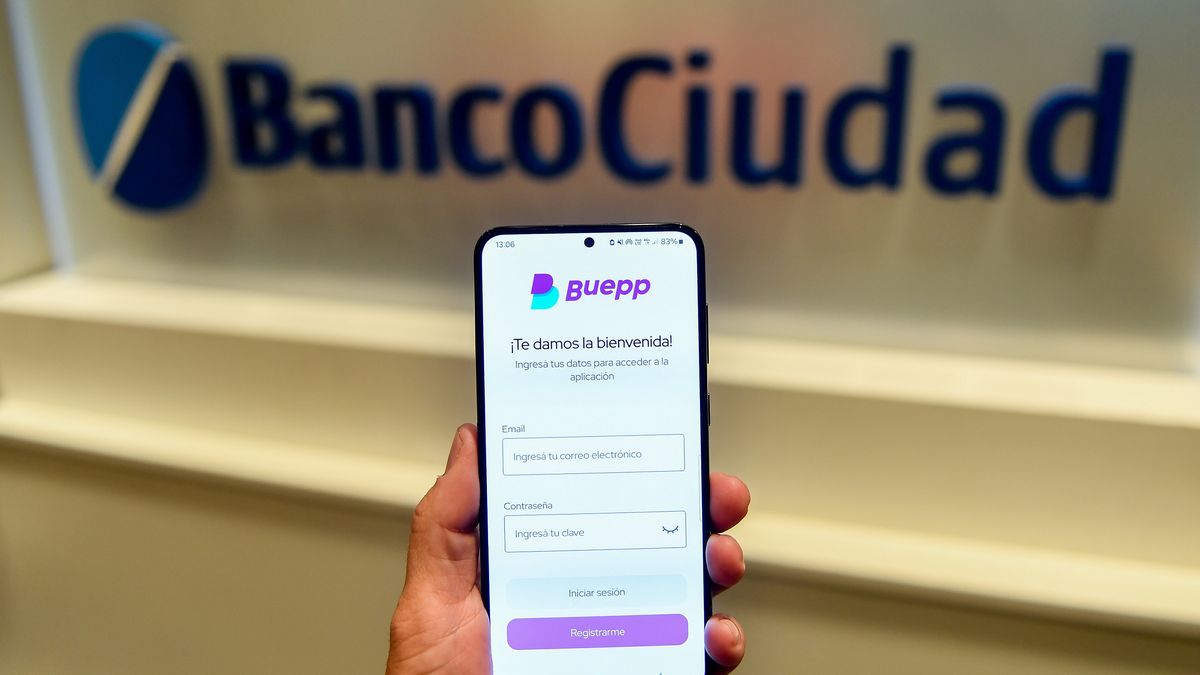At the beginning of February, the Government published in the Official bulletin the decree that introduced changes in the “luxury” tax for 0km cars.
The measure came several weeks late since, as had been anticipated Ambit, The economic team had been analyzing this modification since December to be implemented in January.
The reason for this adjustment was due to the fact that inflation in the last months of last year had left the tax bases in force up to that point outdated.
With the sharp increases in vehicle prices, most models would begin to be covered by this tax. What was done was to advance to January the quarterly adjustment that was to be made in March, as established.
According to that decree, the tax base for the first scale, which, until that moment, was $10,364,800, went to $19,826,151 to pay a 20% rate, while the second scale rose from $19,135,000 to $36,602,126, with an aliquot of 35%.
This way, The cars began to be taxed, in the first case, from approximately $28,200,000 in public price, while for the second case they pay it from $63,000,000 (today they pay from $32,000,000).
In practice, a large number of models stopped paying the Internal Tax and allowed a rearrangement of prices.
The new update is scheduled to come into effect in May, based on the accumulated inflation of the January, February and March quarters.
However, this decision is not final since it could be brought forward, as they confided to Ambit sector sources.
When the change that is in force today was negotiated between the Government and the automobile companies, a “verbal” commitment was agreed that the next update could be brought forward in the event that inflation in the first months of the year was high.
“There is a promise that, if inflation in January and February was high, we would not wait for March to make a new update,” he told Ambit a manager of an automobile company.
That is, instead of waiting to close the inflation of the first quarter, the readjustment could be done with the inflation of January and February. It could even be done sooner, according to another company.
The idea is to prevent the same situation from occurring in December, when inflation of 25%, after the devaluation of that month, led to the increase in prices of 0km, leaving all 0km at the value at which you have to pay taxes,
It must be remembered that this tax is designed for high-end models, but due to this lack of inflationary control it ended up reaching the most accessible vehicles.
As for what would be the level of inflation that would be considered high for the Government to advance the adjustment, according to another sector source, it would be “more than 20%.”
Obviously, since this agreement is not written and is an official promise, the percentage of inflation to consider is relative.
What is clear is that what happens in January and February regarding the CPI is key.
Today the inflation data for last month will be known and, according to the estimates of different consulting firms, it would be close to that level, although it is not known if it will be slightly above or below
For this reason, the terminals are waiting for the information disseminated by the INDEC to know if the chances of an advance update of the tax base increase or not.
Source: Ambito




